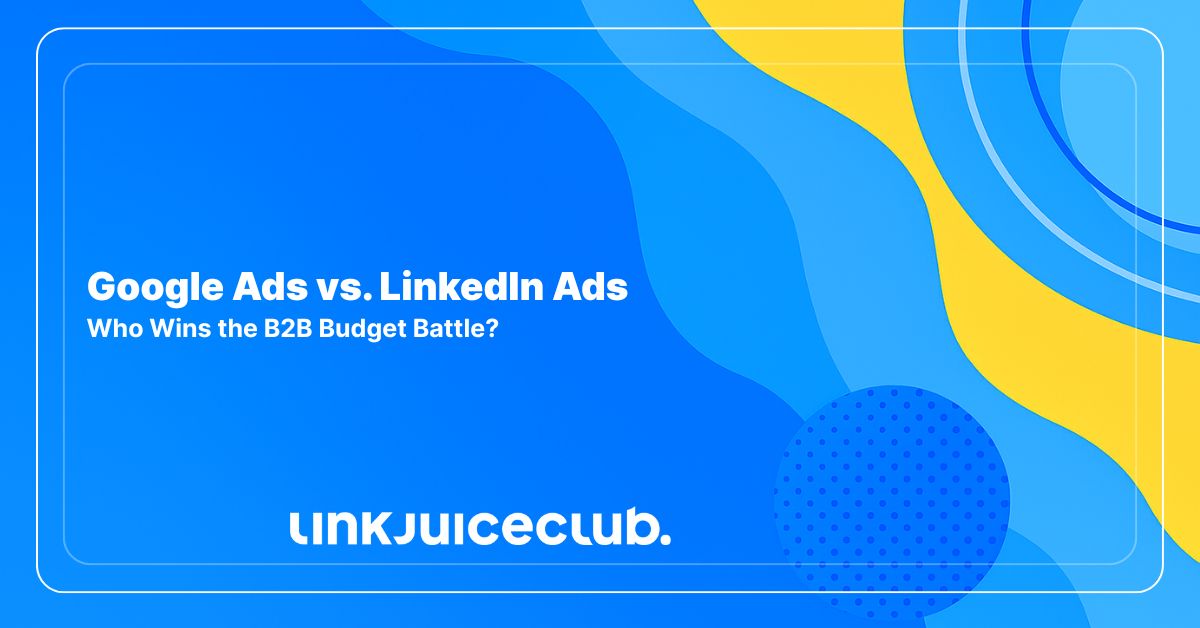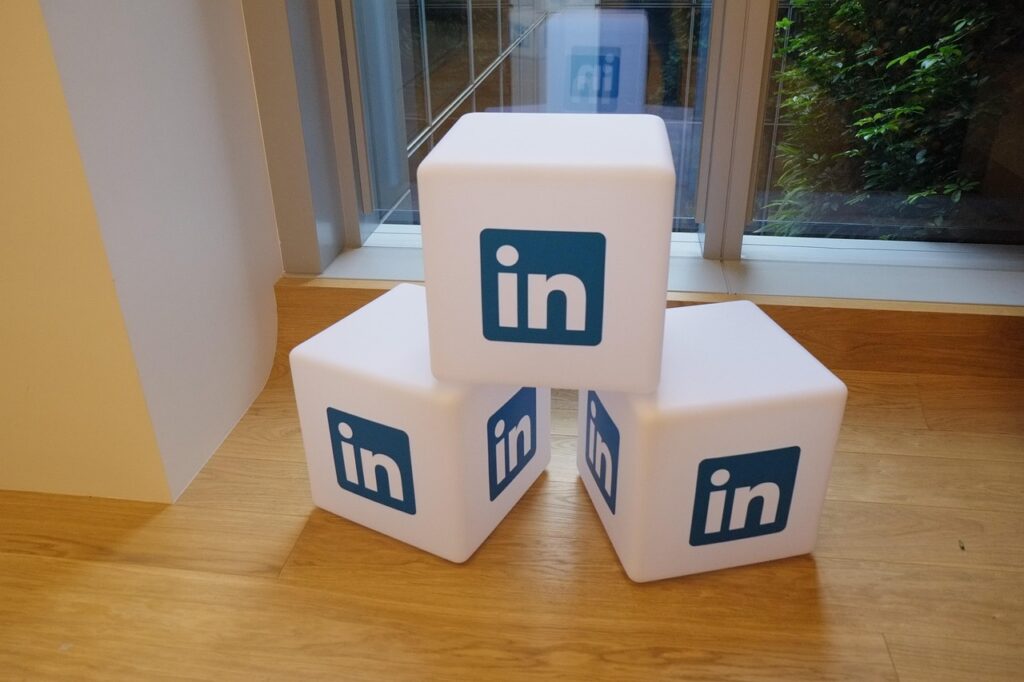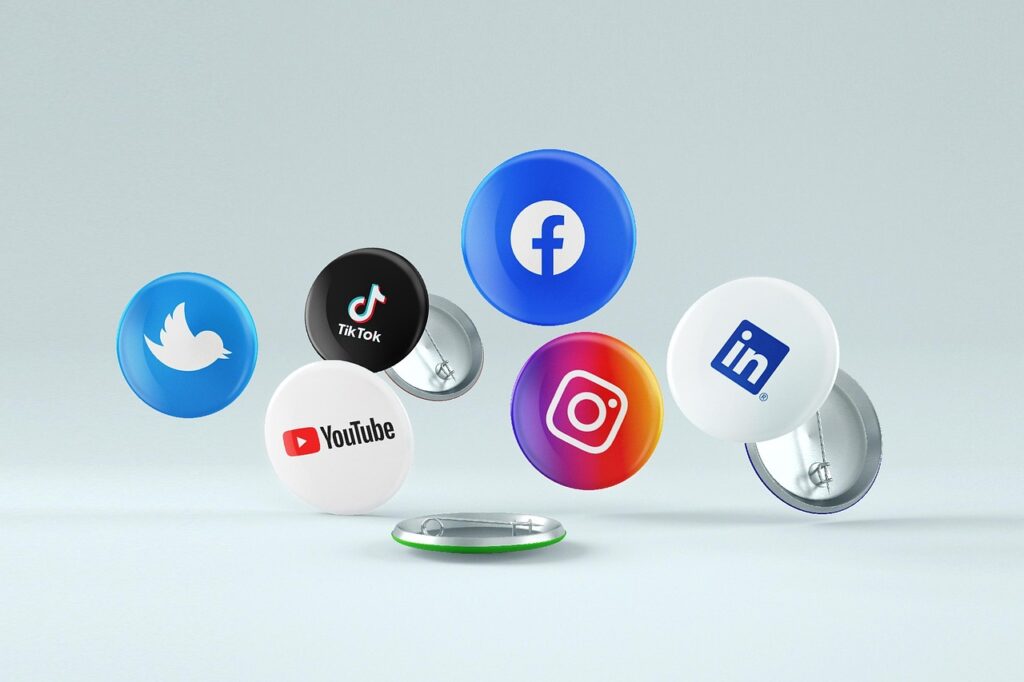
Google Ads vs. LinkedIn Ads: Who Wins the B2B Budget Battle?
💡 Think of Google Ads as the spotlight — it shines where the audience is already looking. Meanwhile, LinkedIn Ads? That’s your stagehand, pulling the curtain on demand that didn’t even know it existed yet.
If you’re navigating the B2B marketing maze, the question isn’t “which one?” — it’s “when and where do they shine the brightest?”
Here’s the truth: choosing between LinkedIn Ads and Google Ads isn’t a tug-of-war. It’s more like casting the right actors for different roles in your funnel.
✅ Google Ads captures intent that’s already bubbling.
✅ LinkedIn Ads sparks curiosity before it ever shows up in a search bar.
🔍 In this guide, we’re diving deep into:
- What sets Google Ads and LinkedIn Ads apart for B2B.
- How to align each with your buyer’s journey (without wasting budget).
- A proven framework to help you decide where — and when — to go all in.

Ready to turn your ad spend into a strategy that scales?
Capturing Cravings vs. Stirring Curiosity: Know Your Ad’s True Role
Before you place a single bid or launch a campaign, pause. Ask yourself this: are you fishing in waters teeming with hungry buyers — or are you planting seeds in fields that haven’t sprouted yet?
This single question draws the line between two very different strategies: demand capture and demand generation.
🎣 Demand Capture: Hooking What’s Already Biting
This is where Google Ads thrives. Think of it as stepping into a bustling marketplace — people already know what they want, and they’re calling it by name.
- Your product is familiar. People search for it using shared language and industry terms.
- Buyers are problem-aware — they’re actively hunting for solutions.
- Your job? Show up at just the right moment and be the clear, trusted choice.
This approach works wonders when the demand is already ripened and ready to be plucked.
🌱 Demand Generation: Sparking the “Aha!” Moment
Enter LinkedIn Ads — your canvas for storytelling and education. Here, the market might not yet know they need what you offer.
- The solution is fresh, possibly disruptive. The audience hasn’t named the problem yet — or even noticed it.
- There’s no consistent vocabulary in search queries. You’re not meeting intent — you’re creating it.
- The mission: build awareness, guide understanding, and plant the idea before the need becomes obvious.
Instead of waiting for buyers to knock, you’re knocking on their door with a solution they didn’t know they were missing.
Where the Channels Lead: Choosing the Right Path for Demand
Now that you know the difference between sparking interest and catching it mid-flight, let’s anchor those strategies to the channels built to support them.
Each platform is a different kind of terrain.
- Google Search? That’s your high-speed highway — built for intent-driven travelers who already packed their bags.
- LinkedIn? More like a guided expedition — where you pave the path and lead the way, turning curious glances into committed buyers.
Let’s zoom in on how these channels align with your growth game plan.
🔎 Google Ads Search Campaigns: Capturing the Heat of the Hunt
When buyers are already searching, don’t let them pass by unseen. Google Search Ads let you meet them right at the moment of intent.
- Your market knows the terms — they’re typing in exactly what you offer.
- Prospects recognize the problem and are actively chasing solutions.
- You’ve got offer pages geared for action: demos, free trials, consults.
Think of this as showing up when the bell rings — all you need to do is answer it.
🎯 LinkedIn Ads: Crafting Curiosity from the Ground Up
If your product is new, niche, or disruptive, LinkedIn Ads let you shape the narrative before a single search happens.
- You’re in launch mode, entering a market that doesn’t yet know your name.
- There’s no shared search language — because you’re pioneering the category.
- Your job is to educate, engage, and elevate — not just convert.
With LinkedIn’s rich targeting (titles, roles, industries, company size), you’re slipping directly into the feed of the very people you need to reach — long before your competitors even show up.
“Who” vs. “What” Targeting: The Smart B2B Split
When it comes to running paid media like a pro, the real magic isn’t just in choosing where to advertise — it’s understanding how to target. And that means mastering a simple, powerful split:
- Do you target what people are searching for?
- Or do you target who they are?
These two mindsets shape your entire strategy — and each aligns perfectly with either Google or LinkedIn Ads.

Let’s unpack both approaches:
🔍 “What” Targeting — Intent First, Audience Second
This is like showing up to a store right when someone’s reaching for your product. They’ve got a problem, they’re actively looking, and your job is to be the answer that shows up on the shelf.
- Based on keywords, not job titles.
- Works when buyers know what they need.
- Search intent is your best friend here.
Perfect fit for: Google Ads Search Campaigns
👤 “Who” Targeting — Audience First, Intent Later
Now flip the script. Instead of waiting for a signal, you go directly to the kind of buyer you know is a great match — even if they aren’t searching (yet).
- Based on demographics, roles, company size, industry.
- Great for new products or categories.
- Builds trust, awareness, and long-term pipeline.
Perfect fit for: LinkedIn Ads
🧪 Comparison: “What” vs. “Who” Targeting
| Targeting Type | Focus | Buyer Intent | Channel Fit | When to Use It |
| “What” Targeting | Search behavior | High & active | Google Ads Search | When people know what to look for, and you want to catch them mid-search. |
| “Who” Targeting | Buyer characteristics | Low to unknown | LinkedIn Ads | When people don’t know they need you — but you know they’re the right fit. |
The goal isn’t to choose one forever — it’s to know when to lean into each, based on your audience, your offer, and your market stage.
Beyond the Funnel: Crafting a Full-Experience Ad Journey
Forget the old-school funnel like it’s a rusted slide in a digital playground. Today’s B2B buyers don’t drop neatly from top to bottom. They loop, zigzag, ghost you, binge content, and then—maybe—convert.
So why build your ad strategy around a funnel from 2012?
Modern marketers are trading the rigid funnel for a full-experience framework — one where each campaign acts like a waypoint, guiding your buyer through curiosity, clarity, and conversion with intentional stops along the way.
Every ad has a role. Every message plays its part. Here’s how to set the stage:
🪁 Stage 1: Awareness & Trust-Building
“Let them notice you before they need you.”
📍 Channels: LinkedIn Ads, Google Display, Google Demand Gen
🎯 Purpose:
- Put your brand on the map, especially for first-timers.
- Surface your audience’s pain points and gently hint at your solution.
- Build trust through helpful content: explainers, tips, industry insights.
Think of it as your handshake moment — you’re not selling yet. You’re showing that you understand.
🔁 Stage 2: Credibility & Consideration
“Turn browsers into believers.”
📍 Channels: LinkedIn Ads retargeting, Google Ads retargeting
🎯 Purpose:
- Reconnect with warm leads who’ve already seen your brand.
- Serve up case studies, in-depth guides, and how-tos.
- Build deeper engagement by solving their “now what?” question.
You’re moving from introduction to invitation — proving your value, not just preaching it.
🎯 Stage 3: Conversion & Demand Capture
“Seal the deal, but only when they’re ready.”
📍 Channels: Google Search, LinkedIn Ads (direct CTAs)
🎯 Purpose:
- Show up when prospects are searching with intent.
- Use precise keywords, competitor comparisons, and value-driven CTAs.
- On LinkedIn, shift the tone: it’s okay to go bolder here — demo offers, consults, free trials.
This is where interest turns into pipeline. You’re not just closing — you’re confirming that you were the right fit all along.
The Final Click: Making Smarter Moves with Paid Media
Here’s the truth: no single ad platform is a silver bullet — and in B2B, expecting one channel to do all the heavy lifting is like trying to run a relay race solo.
But when you zoom out and start with your customer — how they think, search, scroll, and decide — the path becomes clearer.
Ask yourself:
- Are they hunting for a solution, or waiting to be shown one?
- Are they deep in research mode, or just learning their options?
- Where do they spend time online when business is on their mind?
Your job isn’t to choose between Google or LinkedIn like it’s a cage match — it’s to understand when and how each channel can play its role in your 2025 strategy.
📌 Meet buyers where they are.
📌 Speak their language — whether it’s in a search query or a scroll pause.
📌 Guide them forward, one relevant touchpoint at a time.
In the end, winning at B2B paid media isn’t about chasing clicks — it’s about building momentum that compounds. Strategy first, platforms second.





